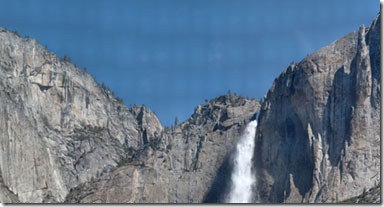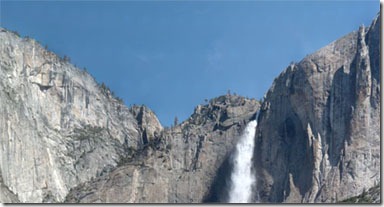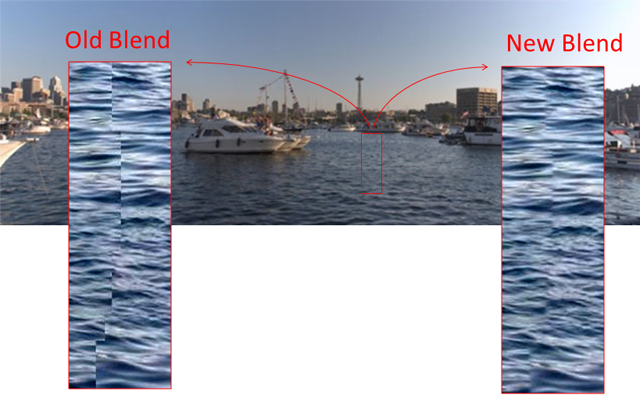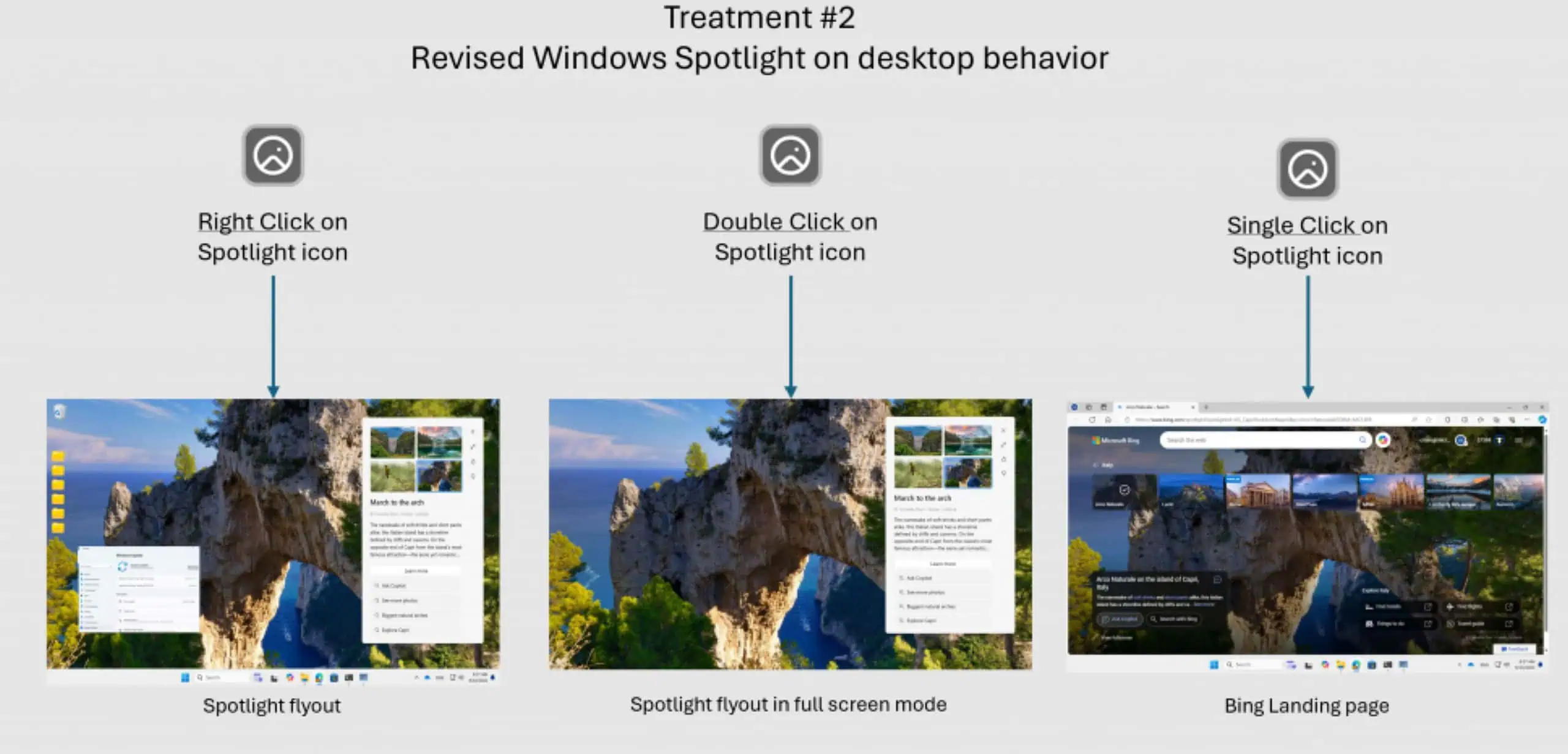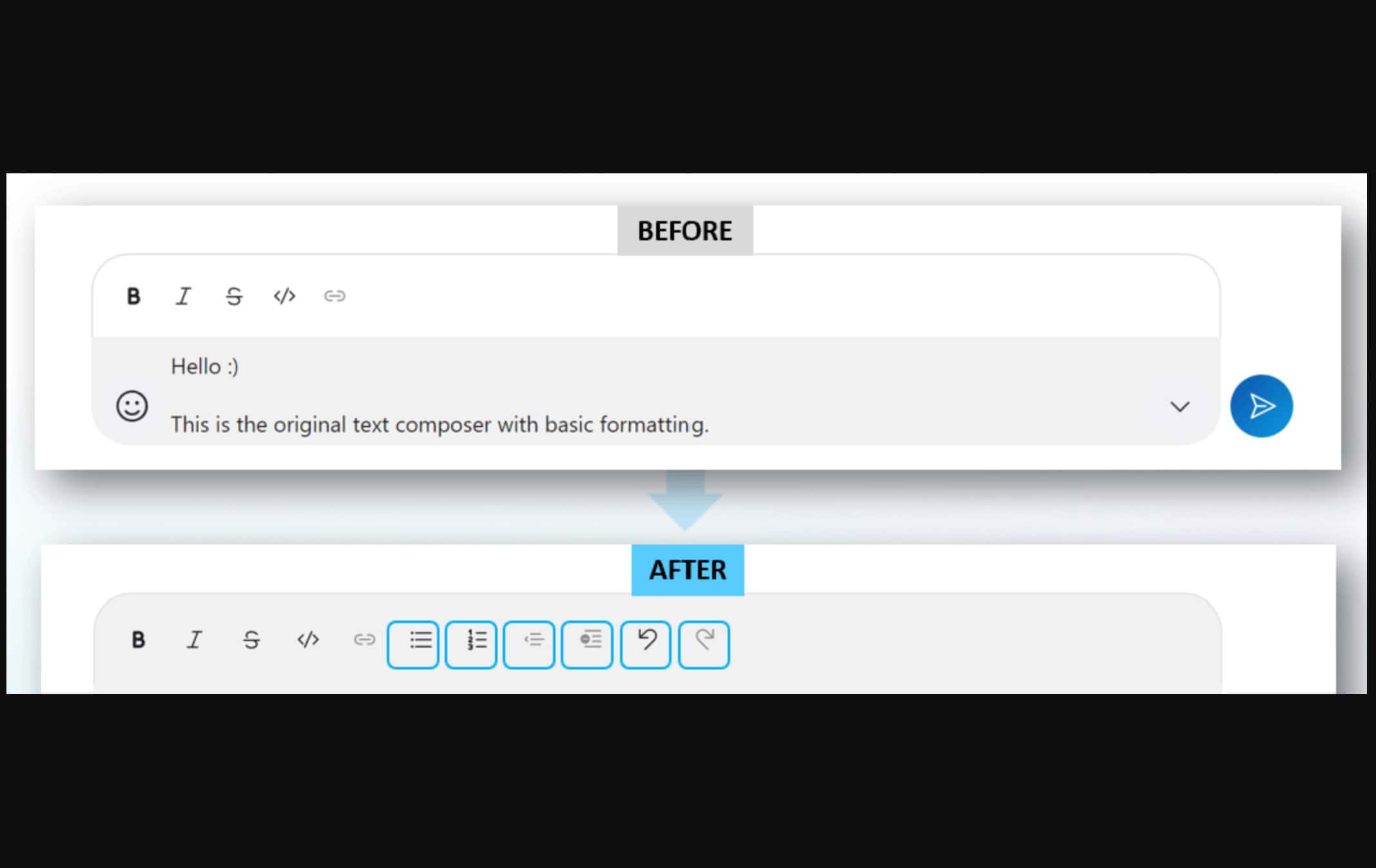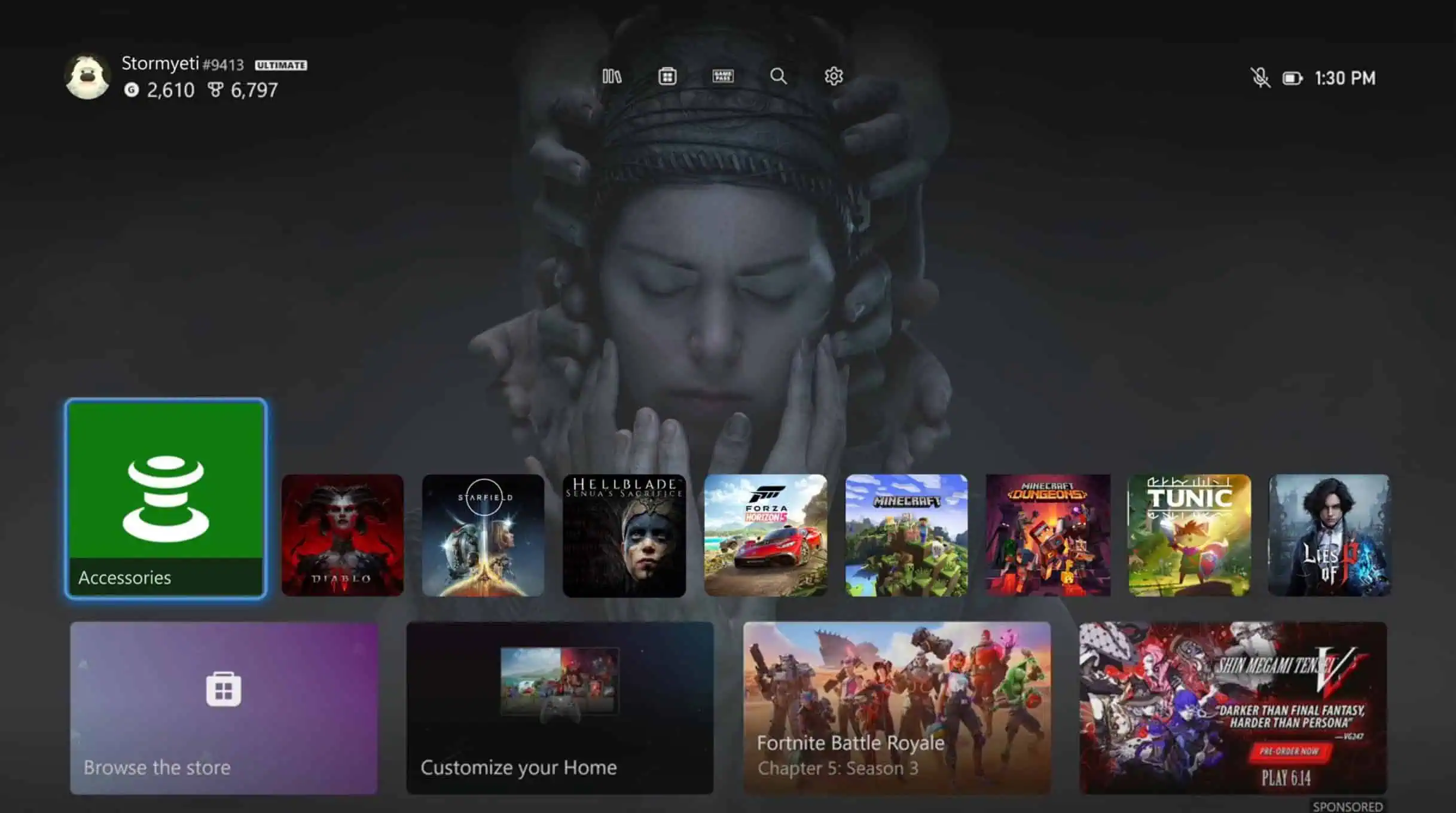Microsoft Research Releases Tool To Create Panorama From Videos
3 min. read
Published on
Read our disclosure page to find out how can you help MSPoweruser sustain the editorial team Read more
Microsoft Research’s Image Composite Editor is one of the tools which I use often in my laptop. It creates panorama from huge photographs in seconds. The same technology was later integrated into Windows Live Photo Gallery. Now, the second version of ICE released is more cooler than ever. It lets you to create panorama from videos. Here is the announcement from their blog,
Stitching From Video
The first is that ICE can now automatically stitch a panorama directly from video. One fun use of video panoramas is “motion summaries,” like this result that ICE produced:
In this video the photographer was panning the camera to follow the motion of the snowboarder. I used ICE to indicate “Start” and “End” points, and I gave a few hints about which video frames w
ere interesting. The motion tracking and final composition was then done automatically by ICE. You can access this feature by selecting “New Video Panorama” from the File menu. This will bring up the Video Panorama dialog (shown to the right), where you can play or single-step through videos in order to choose start and end points. You can also optionally draw regions of interest on individual video frames to ensure that certain elements are present in the final composition. ICE supports most common video formats (avi, mov, wmv, and more). Of course the results can also be uploaded to Photosynth. Note that this particular feature is only available for ICE running on Windows 7 (for other versions of Windows this menu item will be disabled).
Video is also a great way to quickly capture a panoramic scene. For example, here a two-minute video was automatically turned into a panorama (this was shot with a Samsung Focus Windows Phone).
Automatic Vignette Correction
Lens vignetting is the effect of the center of a photograph being brighter than the periphery. This effect can be especially apparent when stitching photos. For example, notice the repetitive pattern in the sky in the above panorama. This is caused by lens vignetting in the constituent images. In this ICE update, lens vignetting is automatically detected and removed. The result is shown below.
Improved Blending
The new version of ICE has a new blending engine. Previous versions did blending by applying a color adjustment to the panorama source images such that there would be minimal visible differences between them. In some cases, this strategy couldn’t adequately hide the seams. For example, in the panorama below, the seam in the moving water could not be completely hidden by color adjustment alone. In the new version of ICE we still run the color adjustment step, but where this is inadequate, we also do an intelligent fade between the images. This helps a lot in cases like the one below as can be seen in the two breakout panes. Click on the image below to explore it in full resolution on the Photosynth website; you should find it very difficult to discover the seams between images.
And More
In addition to the above main features, we have also made a few other enhancements:
An options dialog to control scratch disk location and ICE memory use.
Enable perspective projection for wide field-of-view panoramas
1/3 less disk usage when stitching large data sets
ICE is now more robust to corrupt metadata in source photos
Why don’t you try it once? Here is the download links.
ICE for 32 bit Windows -or- ICE for 64 bit Windows
Source: HDView Blog



